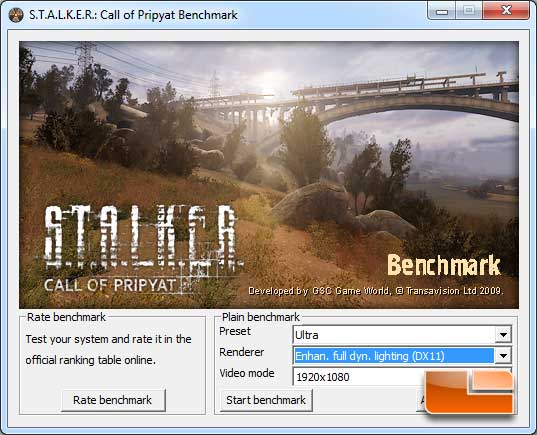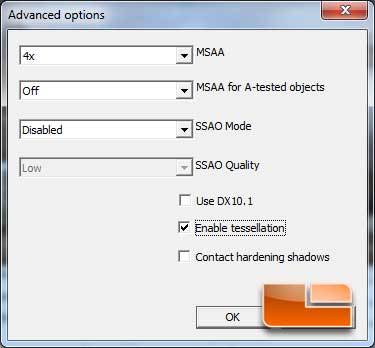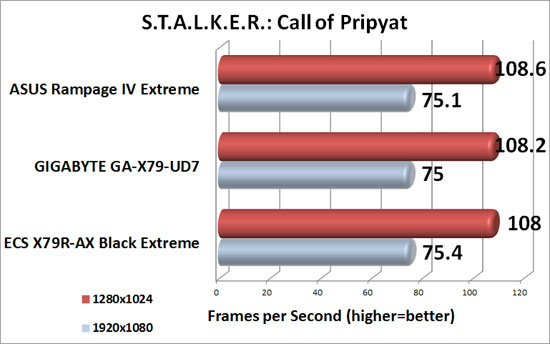GIGABYTE GA-X79-UD7 Motherboard Review
S.T.A.L.K.E.R.: Call of Pripyat DirectX 11 Benchmark

The events of S.T.A.L.K.E.R.: Call of Pripyat unfold shortly after the end of S.T.A.L.K.E.R.: Shadow of Chernobyl following the ending in which Strelok destroys the C-Consciousness. Having discovered the open path to the Zone’s center, the government decides to stage a large-scale operation to take control of the Chernobyl nuclear plant.
S.T.A.L.K.E.R.: Call of Pripyat utilizes the XRAY 1.6 Engine, allowing advanced modern graphical features through the use of DirectX 11 to be fully integrated; one outstanding feature being the inclusion of real-time GPU tessellation. Regions and maps feature photo realistic scenes of the region it is made to represent. There is also extensive support for older versions of DirectX, meaning that Call of Pripyat is also compatible with older DirectX 8, 9, 10 and 10.1 graphics cards.
The game S.T.A.L.K.E.R.: CoP has no internal benchmarking tools built into the game engine, but they do have a standalone benchmark available that we used for our testing purposes. The screen capture above shows the main window of the benchmark with our settings. Notice we are running Enhanced Full Dynamic Lighting “DX11” as our renderer.

In order to give our XFX Radeon HD 6950 a workout on our systems we cranked the image quality preset to Ultra.

We also ran the Multisample Anti-Aliasing at 4x and Tessellation is enabled.

Benchmark Results: Taking a look at the performance of the GIGABYTE GA-X79-UD7 in S.T.A.L.K.E.R.: Call of Pripyat we don’t see much of a difference. What differences that we do see put the GIGABYTE GA-X79-UD7 in the middle of the pack at 1280×1024 with an average framerate of 108.2 frames per second. Once we increased the resolution to 1920×1080 the GIGABYTE GA-X79-UD7 fell to the bottom of the stack with an average of 75 frames per second. Remember to keep in mind that there is only .56% margin separating the boards at both resolutions, so it’s not something you will see a difference in while gaming.

Comments are closed.